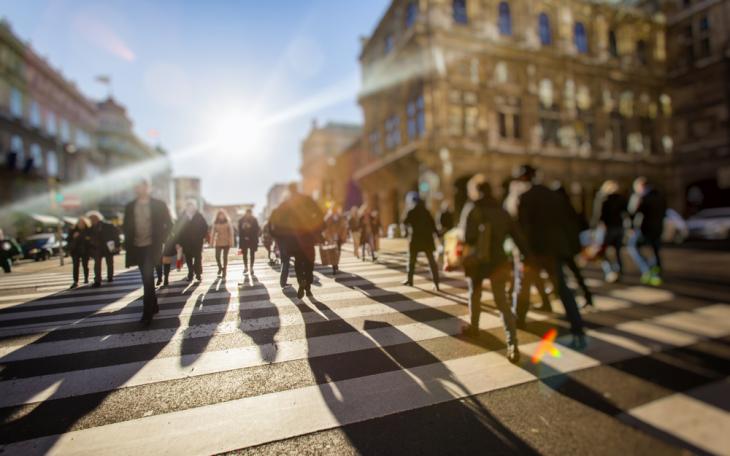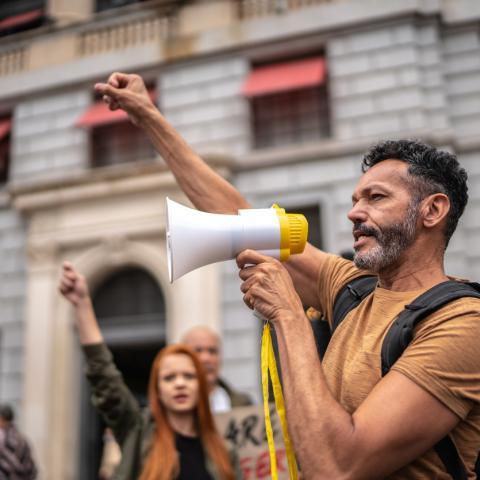These streets are made for walking

By Emma Goodwin
After the last year, who’d have thought we’d still want to talk about walking?
I’ve pounded the pavements of south-east London more times in the last 16 months than I care to remember and quite frankly, I’m sick to death of those pavements. Yet here we are again, still talking about walking.
Why? Well – somewhat unsurprisingly - it looks like our walking way of life is here to stay, and according to Transport for London, we’re all travelling on foot far more than pre-pandemic.
But, as I’ve experienced first-hand from my own neighbourhood jaunts, it begs the question – are cities like London really built for walking?
It’s not just about road safety, but also accessibility and proximity. A recent Knight Frank webinar on walkable cities offered a useful analogy: the pint of milk test. How easily (and quickly) can you walk to buy a pint of milk?
The 15-minute city is a concept relevant here too. Widely popularised in 2019 by Sorbonne Professor, Carlos Moreno, long before the global pandemic, it has taken on new resonance in the last year as our lifestyles change and preferences evolve. In short, it’s the idea that everything you need should be within 15 minutes of your home, from shops, schools and healthcare to parks, leisure facilities and transport links for wider connectivity. In theory, ideal for facilitating getting around on foot (or by bike) in day-to-day life.
While new places, like Poundbury – HRH The Prince of Wales’ urban extension to the Dorset town of Dorchester – is regarded as a successful example of a new, walkable neighbourhood, what about existing areas? How do we adapt these places to ease reliance on cars and support our new, more walking-heavy lifestyles?
We can look to Paris for some inspiration. Anne Hidalgo, mayor of the city, made the 15-minute city the centrepiece of her 2020 re-election campaign, and has spent her time in office establishing mini green spaces and new cycling routes, pedestrianising more areas and all-round beautifying Paris’ streets, square and gardens.
Back in London, new plans from Transport for London are aiming to make the capital a more walker-friendly place. Building on an earlier initiative, a number of pedestrian crossings around the capital will soon be reprogrammed to show a ‘green man’ signal continuously, unless a vehicle is approaching. From Richmond and Croydon to Hillingdon, via Southwark and The City, the hope is that by prioritising pedestrians, we can all get to where we need to be easily, safely and quickly.
I may be sick of walking the same streets every day, but that doesn’t mean I plan on stopping anytime soon. In fact, if I can soon get from A to B even more easily, I might just venture further than my south-east London postcode.









